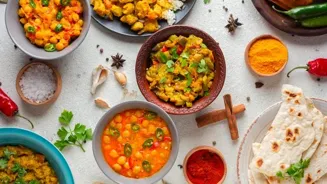Unveiling 10 Rare Indian Cooking Ingredients & How to Use Them - Discover hidden flavors beyond the usual spices!
Indian cuisine, a grand tapestry of flavors woven across diverse regions, often surprises
with its hidden gems. Beyond the ever-present turmeric, cumin, and coriander, lie a treasure trove of lesser-known ingredients that can elevate your dishes to a whole new level.
These aren't your everyday staples, but incorporating them strategically can unlock exciting flavors and textures you never knew existed within the realm of Indian cooking. Let's explore ten such uncommon ingredients and how best to use them in your kitchen.
Rajasthani Kachri Powder & Moongra: Unique ingredients for Indian dishes
First up is Kachri Powder, derived from a wild cucumber found primarily in Rajasthan. It possesses a tangy, slightly sour, and fruity flavor profile, making it an excellent meat tenderizer alternative for vegetarian dishes.
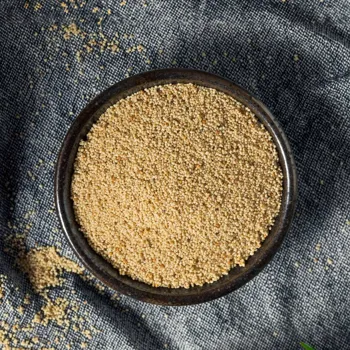
This ground powder beautifully enhances traditional dishes like the khichda, and it can even be added to vegetable preparations to provide a zingy twist. A pinch goes a long way, so use it sparingly to avoid overpowering the dish.
Another excellent option is Radish Seed Pods (Moongra), these are tender radish seed pods that are used in a variety of Indian dishes. These are often used in stir fries and can be pickle as well.
Lotus stem, a crunchy root with mild sweetness, versatile in various dishes
Lotus Stem (Kamal Kakdi) is another interesting ingredient that's more common in certain regions but less so nationwide. The root is crunchy, almost like celery, and has a mild, slightly sweet taste. Slices are very good when fried with spices and it can also be enjoyed in curry.
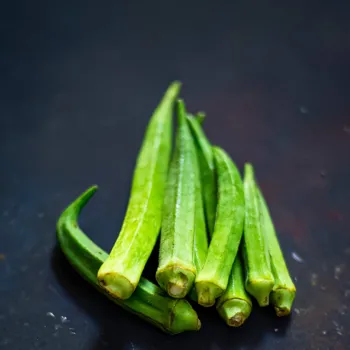
To prepare, the stem is peeled, sliced, and thoroughly washed to remove any mud. It can then be boiled, steamed, or deep-fried for different textures and uses. For instance, you might add it to a vegetable stir-fry for extra crunch or incorporate it into a creamy gravy for a contrasting texture.
Spices like Naga Mothari and Anardana enhance Indian dishes
Moving on to spices, Naga Mothari, also known as the "mouse ear root," is a rhizome with a pungent, earthy aroma and subtle camphor-like flavor. Primarily used in South Indian cuisine. In small quantities, it adds a depth and complexity to spicy curries and lentil stews.
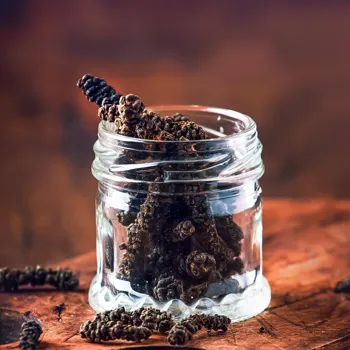
It is believed to possess medicinal properties, making it a flavorful and healthful addition to your pantry. Then there is Anardana, dried pomegranate seeds, offering a sweet-tangy kick and beautiful ruby color.
It's often used in North Indian cooking as a souring agent, particularly in chutneys, spice blends (like chana masala), and even some vegetable dishes.
Black Stone Flower adds depth to curries with its smoky flavor; dry roast before use
Black Stone Flower (Pathar Phool) is a unique lichen used in Chettinad and Maharashtrian cuisine. It has a woody, earthy aroma and adds a smoky, musky flavor to dishes. Before using, dry roast it lightly to enhance its aroma and then grind it into a coarse powder.
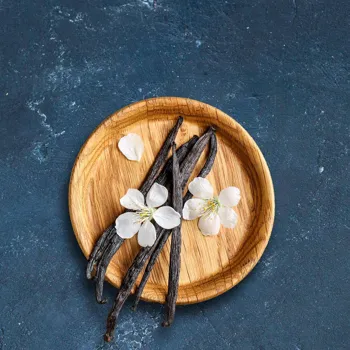
A small amount can impart a remarkable depth to meat and vegetable curries, especially those with a rich, dark gravy. It's best added during the initial stages of cooking to allow its flavor to fully infuse the dish.
Chironji seeds add sweetness; chickpea flour is gluten-free
Chironji Seeds (Charoli) are small, almond-flavored seeds cherished for their subtle sweetness and creamy texture.

They are primarily used in desserts, such as kheer, barfi, and shrikhand, but can also be added to savory dishes like biryanis and vegetable curries for a touch of richness and nuttiness. Before using, dry roast them lightly to bring out their flavor.
One can also consider Kabuli Chana Flour, this is ground chickpeas which can be incorporated into many gluten free Indian dishes. This adds unique taste and an added health bonus.
Gond Katira: Natural gum for cool drinks; Jakhya: Herb for Garhwali cuisine
Gond Katira (Tragacanth Gum) is a natural gum derived from a thorny shrub. It's colorless, odorless, and tasteless, but when soaked in water, it expands and transforms into a jelly-like substance with cooling properties.
It is commonly used in summer drinks (like sherbets) and desserts (like falooda) to provide a refreshing coolness and a unique gel-like texture. Gond katira is also believed to have several health benefits, including aiding digestion and relieving constipation.
Then there is Jakhya, also know as Dog Mustard. This is an herb used in Garhwali cuisine and is often tempered in dishes for a unique crunch and flavor.
Jambul fruit: versatile and healthy addition to cooking
Finally, we have Jambul (Java Plum), a dark purple fruit with a slightly tart and astringent taste. While often enjoyed fresh, it can also be used to make chutneys, jams, and even vinegar. Jambul vinegar, in particular, is gaining popularity for its unique flavor and potential health benefits.
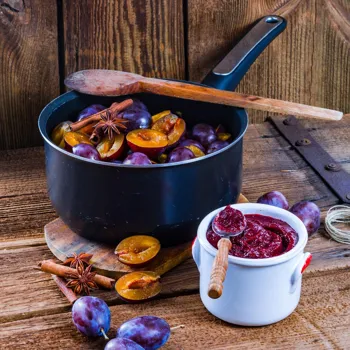
These are a great choice to add to your daily cooking. It adds amazing amount of health and it can be an addition to your day to day lifestyle. These are also available during specific season so it can be a must for you.
Exploring unique ingredients enhances culinary creativity in Indian cuisine
Incorporating these uncommon ingredients into your cooking can be a rewarding experience, expanding your culinary horizons and adding exciting new dimensions to your favorite dishes. Remember to experiment with small amounts and adjust the quantity to suit your taste preferences.
With a little curiosity and creativity, you can unlock a world of flavor and discover the hidden potential of Indian cuisine.
AI Generated Content. Glance/InMobi shall have no liability for the content